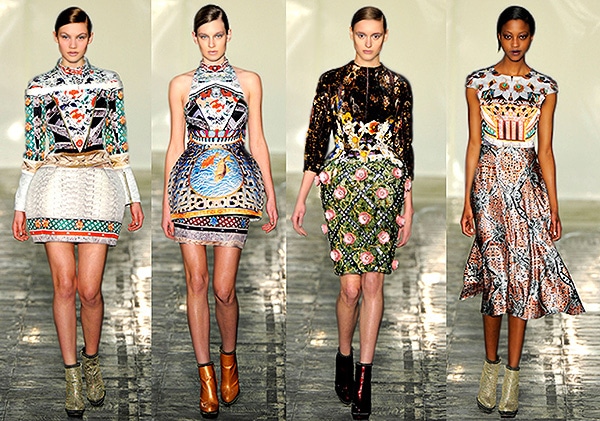In a world dominated by fast fashion and trends that change with the blink of an eye, there is something truly captivating about the enduring beauty and cultural significance of indigenous fashion. As a lover of fashion and a passionate advocate for cultural preservation, exploring the realm of tribal trends has been an incredibly enlightening and enriching journey for me. It has allowed me to appreciate the deep-rooted heritage, craftsmanship, and symbiotic relationship with nature that can be found within indigenous fashion.
The diverse and vibrant cultures of indigenous communities across the globe have always had an intrinsic connection to their surroundings. From the Native Americans in North America to the Maasai tribe in Africa, the clothing and adornments worn by these communities tell stories of tradition, rituals, and societal roles. Every fabric, every stitch, and every pattern carries a profound meaning.
One of the most fascinating aspects of indigenous fashion is its unwavering authenticity. Unlike the mass-produced items churned out by today’s fashion industry, indigenous fashion is often handmade by skilled artisans who have inherited their craft through generations. The intricate beading, weaving, and embroidery techniques preserve cultural heritage while adding a touch of elegance and artistry to each piece.
Not only do indigenous fashion statements captivate with their craftsmanship, but they also celebrate the symbiotic relationship between humans and the natural world. Many indigenous communities are deeply connected to the earth and honor their surroundings through their clothing choices. For example, Inuit communities in the Arctic use animal hides and fur to create warm and durable garments that help them brave the elements. Each garment is designed to withstand harsh conditions while paying homage to the animals that provided the materials.
The relationship between indigenous fashion and sustainability is yet another reason to admire this art form. As the world grapples with the consequences of our throwaway culture, indigenous communities have long practiced sustainable fashion, long before it became a buzzword. They prioritize using natural, biodegradable materials and employ age-old techniques that minimize waste. Moreover, the longevity of indigenous fashion stands in stark contrast to the transient nature of modern trends, reminding us of the importance of investing in quality pieces that endure the test of time.
However, as with any conversation surrounding cultural appreciation, it is vital to address the issue of cultural appropriation. Indigenous fashion should be respected and celebrated, but it is essential to do so in a manner that acknowledges and respects the cultures from which it originates. Indigenous communities have endured centuries of colonization and marginalization, so it is crucial to support ethical fashion brands, fair trade practices, and collaborations that uplift and benefit these communities directly.
One such example is the collaboration between high-end fashion labels and indigenous artisans. These collaborations allow indigenous communities to showcase their skills on a global platform while retaining ownership and control over their traditional practices. This mutually beneficial relationship empowers indigenous artisans economically and helps preserve their cultural heritage while introducing their artistry to a wider audience.
Furthermore, as consumers, we have the responsibility to educate ourselves about the clothing we wear. By learning about the history and significance behind indigenous fashion, we can make informed choices and support brands that uphold ethical practices. This means going beyond simply purchasing a statement piece; it means valuing the story and heritage woven into every garment.
In a world that often prioritizes trends over tradition, indigenous fashion remains a powerful symbol of cultural preservation and resistance against homogeneity. It is a reminder of the richness and diversity of our world, and the importance of honoring and learning from the past. By embracing the beauty of indigenous fashion, we can celebrate the resilience and creativity of indigenous cultures while fostering a more inclusive and sustainable future.
